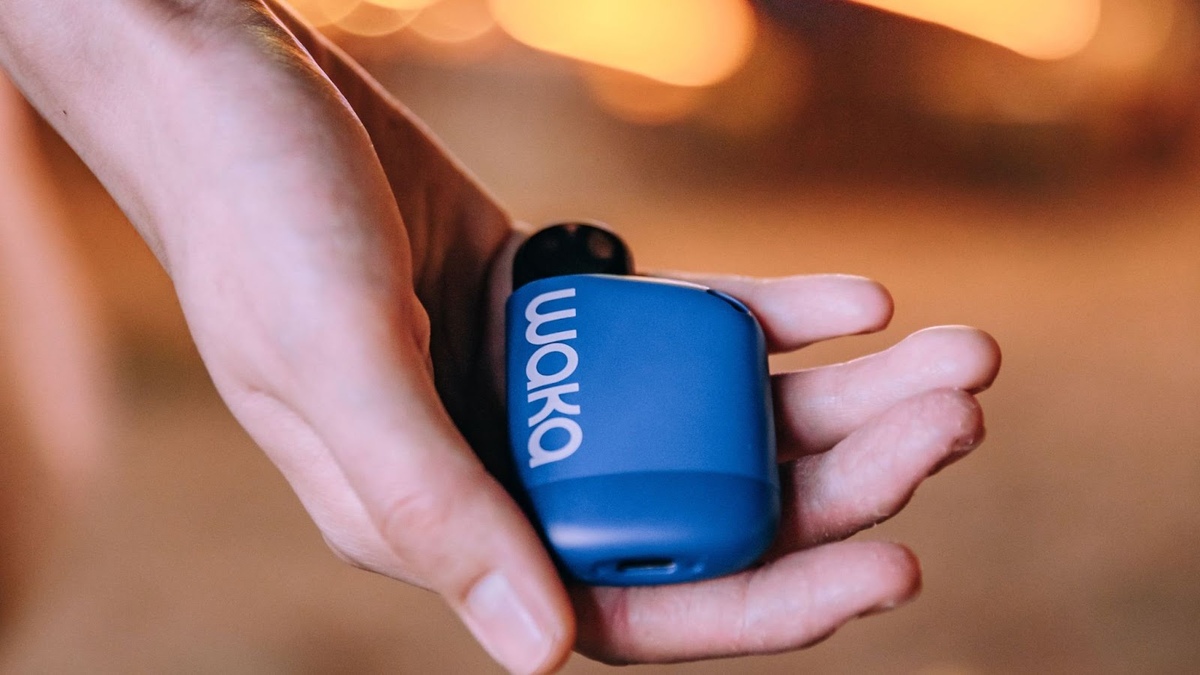
Understanding Vape Excise Tax
|
|
Time to read 4 min
|
|
Time to read 4 min
Table of content
Since October 2022, Canada’s vaping scene has faced a major change, with the introduction of a federal vape excise tax. On top of that, provinces are either rolling out their own taxes or gearing up for a federal-provincial tax system from July 1, 2024, until January 1, 2025.
Whether you're a vaper or a business owner in the industry, you need to understand these new tax rules. What does this excise tax vape mean? Let’s break down the vape excise tax in Canada, showing you how it’s calculated and everything you need to know.
Excise tax is a special tax levied on specific goods, often to regulate consumption and generate revenue. In Canada, this includes vaping products, which now fall under this federal tax umbrella introduced in October 2022. Effective July 1, 2024, there’s an additional vaping duty of 12% on vaping products manufactured in Canada or imported for consumption, use, or sale.
So, why vaping products? The rationale behind the vape excise tax is multifaceted. First, it's a regulatory move aimed at curbing the rapid rise in vaping. Additionally, the tax is intended to contribute to government revenues, which can fund public health initiatives and support regulating the vaping industry.
Despite tax changes, you can save money by enjoying product discounts we've prepared!
In Canada, the excise tax for vaping products is structured to ensure uniform taxation across all provinces, with additional charges for specific regions. Here’s how it works:
For Ontario, Quebec, Northwest Territories, and Nunavut, the tax on excess volume beyond the initial 10 mL is $1 per 10 mL or any part of 10 mL. The same tax rates are applied to vaping solids, calculated per gram.
These rules ensure that while a baseline tax applies nationwide, specific provinces with higher taxation needs will charge additional costs for vaping products.
In April 2024, the federal budget raised the tax rate by 12%, increasing it from $1 to $1.12. In provinces that are part of the coordinated tax system, the tax on a capsule up to 2 ml, for example, rose from $2 to $2.24.
According to Budget 2024, the excise duty rates increase as follows:
When calculating the final duty, amounts are rounded up to the nearest mL or gram. To give you an idea of how the excise tax works, check the table below:
|
Container Size |
Current Tax |
Additional Vaping Duty |
Total Excise Tax (Unspecified Provinces) |
Total Excise Tax (Specified Provinces) |
|
120ml |
$16 |
$1.92 |
$17.92 |
$35.84 |
|
60ml |
$10 |
$1.20 |
$11.20 |
$22.40 |
|
30ml |
$7 |
$0.84 |
$7.84 |
$15.68 |
Note: The total excise tax for specified provinces is the sum of the current, additional duty, and own taxes imposed by the province.
The taxation on vaping products varies across Canadian provinces. Here are some current provincial tax rates:
|
Province |
Sales Tax |
|
Manitoba |
5% GST | 7% PST |
|
Quebec |
5% GST | 9.975% PST |
|
Ontario |
13% HST |
|
Alberta |
5% GST |
|
Yukon |
|
|
Nunavut |
|
|
Northwest Territories |
|
|
Prince Edward Island |
15% HST |
|
New Brunswick |
Consumers and retailers must adjust their strategies with the recent vape tax changes. For consumers, it’s important to stay vigilant about pricing.
Retailers should focus on adjusting their pricing strategies to reflect the new tax rates while maintaining competitiveness.
As Canada’s vaping market adjusts to the new federal excise tax, which took effect in July 2024, it’s vital to grasp how this impacts consumers and businesses. The tax calculation, which increased to $1.12 per 2 milliliters for the first 10 mL and $1.12 per 10 mL for amounts beyond, with additional provincial taxes, signifies a shift in how vaping products are priced.
Awareness of these changes will help you manage your expenses more effectively and allow businesses to navigate pricing and inventory adjustments. Staying updated on tax regulations is crucial for making informed decisions and maintaining financial balance. To be updated on vaping trends and popular devices, browse WAKA CA today!

